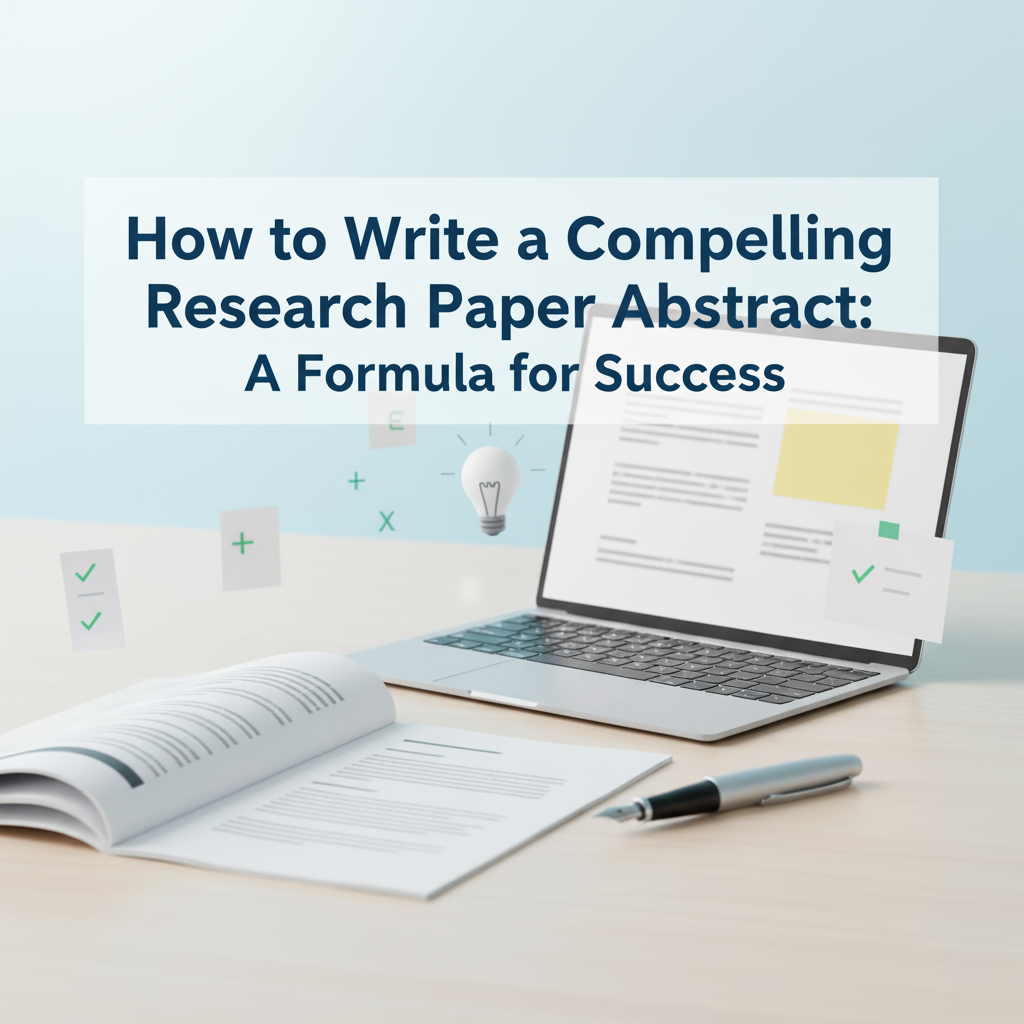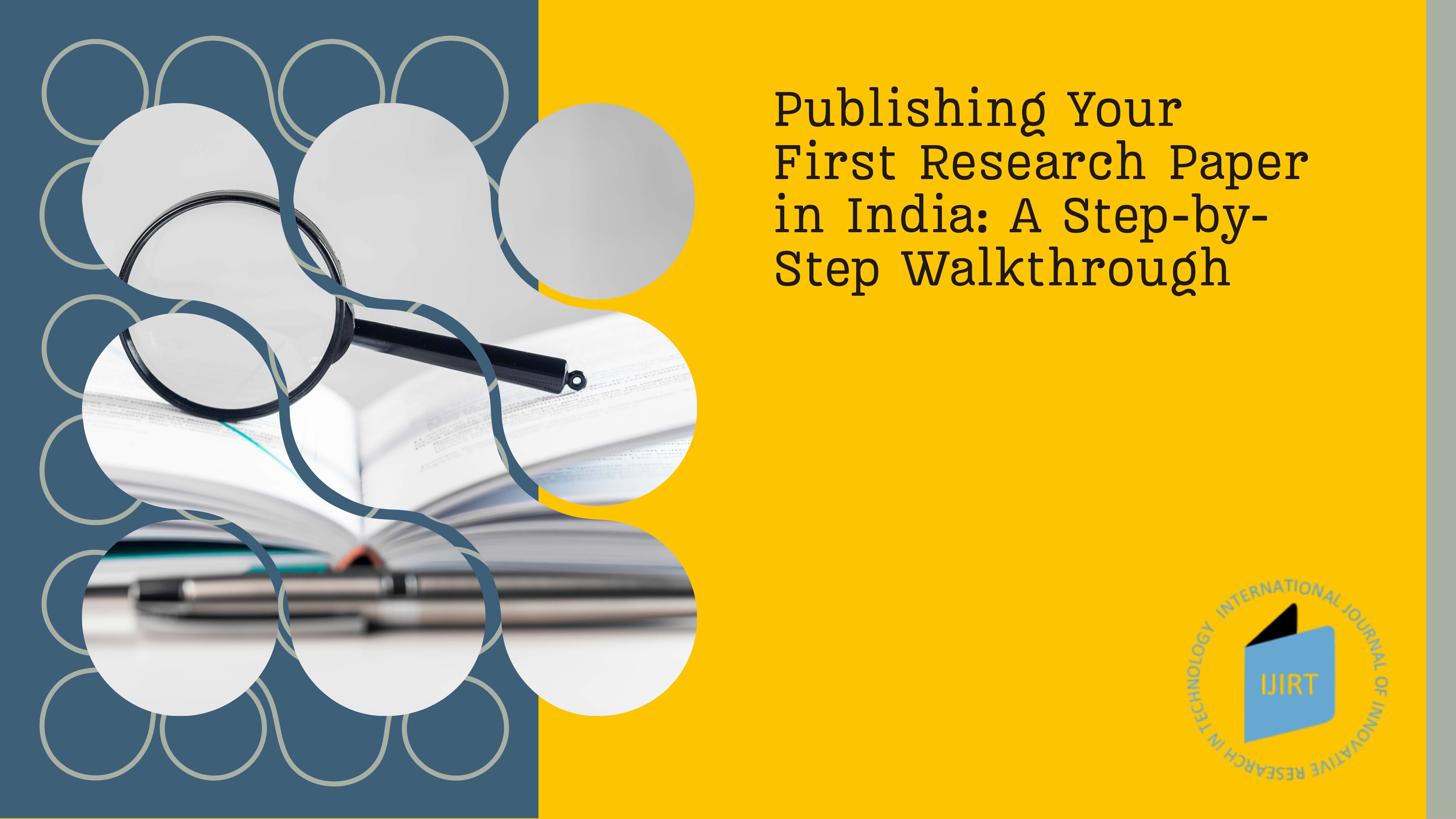When it comes to academic publishing, one of the most important yet often underestimated parts of a research paper is the abstract. Many students, researchers, and professionals spend weeks or even months working on their study, but when it comes to summarizing it in 200–300 words, they struggle. Ironically, the abstract is the first thing readers, reviewers, and journal editors see and it often determines whether they will read your full paper.
At IJIRT (International Journal for Innovative Research in Technology), we receive thousands of submissions every year, and one of the most common reasons papers are rejected or sent back for revision is because the abstract does not clearly reflect the research. Writing a compelling abstract is not just a formality; it is a crucial step in making sure your research gets noticed and published.
So, how can you write a research paper abstract that captures attention, highlights the essence of your study, and convinces readers that your paper is worth exploring? Let’s break it down into a simple formula for success.
Why the Abstract Matters
Before diving into the formula, let’s understand why the abstract is so important:
First Impression: Reviewers, editors, and readers usually look at the abstract first to decide whether the paper is relevant.
Search Visibility: Abstracts are indexed in databases like Google Scholar, Scopus, and other academic repositories. A clear and keyword-rich abstract increases your paper’s visibility.
Guidance for Readers: A well-structured abstract provides a roadmap of your study, saving time for readers who want to know if your work matches their interests.
The Formula for Writing a Strong Abstract
A compelling abstract is more than just a summary. It should be concise, structured, and persuasive. Here’s a formula you can follow:
1. Start with the Context
Open with a sentence or two explaining the broader field of your study. This helps readers quickly understand the background and why your research matters.
Example: “In today’s fast-changing digital economy, understanding consumer behavior is essential for businesses to remain competitive.”
2. State the Research Problem
Clearly identify the research question or problem your study addresses. Don’t be vague—be direct.
Example: “Despite the growing use of digital advertising, little research has been done on its impact on rural consumer purchase decisions.”
3. Explain the Methodology
Briefly describe how you conducted your research. Was it a survey, experiment, case study, or statistical analysis?
Example: “This study used a quantitative survey of 250 participants across three districts in Rajasthan to analyze consumer responses.”
4. Summarize Key Findings
Highlight the most important results without going into unnecessary detail.
Example: “The results indicate that celebrity endorsements significantly influence brand loyalty among younger demographics.”
5. End with Significance
Conclude by showing the impact of your research or how it contributes to the field.
Example: “These findings provide insights for marketers and contribute to the literature on consumer psychology in emerging markets.”
Common Mistakes to Avoid
Even with a formula, many researchers make mistakes that reduce the quality of their abstracts. Here are a few pitfalls to watch out for:
Being Too Vague: Avoid generic statements like “This paper discusses important issues.” Instead, be precise.
Too Much Detail: The abstract is not the place for full tables, graphs, or lengthy explanations. Keep it concise.
Skipping Results: Some abstracts focus only on background and methods but forget to state the actual findings. Always include results.
Exceeding the Word Limit: Journals often have strict guidelines (IJIRT allows 200–300 words). Respecting these limits shows professionalism.
Practical Tips for Crafting Your Abstract
Write the Abstract Last: Even though it appears first, it’s often easier to write once the full paper is complete.
Use Clear, Simple Language: Avoid heavy jargon unless it’s absolutely necessary.
Include Keywords Naturally: Think about the terms other researchers might search for on Google Scholar or databases and weave them into your abstract.
Get Feedback: Ask peers or mentors to read your abstract and give feedback. If they understand your study without reading the full paper, you’ve done it right.
Final Thoughts
Writing a strong research paper abstract is not just a task—it’s a skill. By following the formula of context → problem → methodology → findings → significance, you can create an abstract that is both informative and engaging. Remember, your abstract is your chance to showcase the importance of your research and invite readers to dive deeper into your work.
At IJIRT.org, we encourage researchers, students, and scholars to pay close attention to their abstracts because they serve as the gateway to publication and global recognition. A well-crafted abstract can make the difference between your paper being overlooked or making a real impact in your field.
 ISSN: 2349-6002
ISSN: 2349-6002
 An UGC-Compliant International Research Journal
An UGC-Compliant International Research Journal





